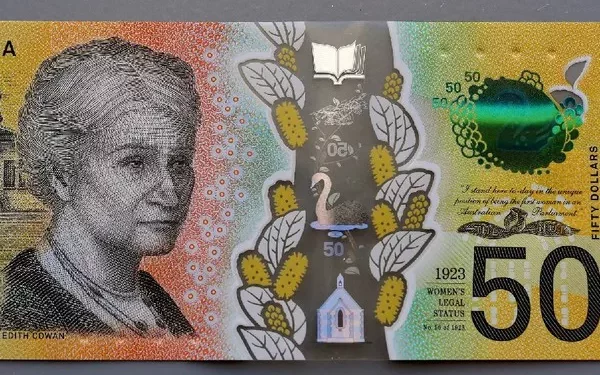The Australian Dollar (AUD) faced depreciation against the US Dollar (USD) on Friday, influenced by dovish remarks from Reserve Bank of Australia (RBA) Deputy Governor Andrew Hauser. Hauser cautioned against making policy decisions based on a single inflation report, stressing the need for comprehensive analysis of upcoming economic data, as reported by Bloomberg.
Earlier gains in the AUD following May’s higher-than-expected Consumer Price Index (CPI) release, which indicated persistent inflation, raised speculation of a potential interest rate hike by the RBA in August.
US Dollar Strengthens on Higher Treasury Yields
Conversely, the US Dollar (USD) strengthened due to increased yields on US Treasury bonds. Market attention focused on Friday’s Core PCE Price Index, which is anticipated to show a year-on-year decrease to 2.6% from the previous 2.8%. This index is viewed as the Federal Reserve’s preferred inflation gauge.
Market Dynamics
The Australian 10-year government bond yield surged above 4.4%, reaching a three-week high amidst concerns that elevated inflation could prompt the RBA to consider further rate hikes in the upcoming August meeting.
Federal Reserve Board of Governors member Michelle Bowman underscored on Thursday that she remains reluctant to support a rate cut, citing persistent inflation pressures. Bowman emphasized, “We are still not yet at the point where it is appropriate to lower the policy rate, and I continue to see a number of upside risks to inflation,” according to Reuters.
Economic Indicators
In the US, Gross Domestic Product (GDP) Annualized expanded by 1.4% in Q1, slightly higher than the previous reading, yet pointing to subdued growth compared to earlier periods.
Initial Jobless Claims in the US fell to 233,000 in the week ending June 21, below market expectations and marking a second consecutive decline from earlier highs in June.
Technical Analysis
The AUD/USD pair traded around 0.6630 on Friday, showing a neutral bias according to daily chart analysis. It remains within a consolidation phase depicted by a rectangle formation. The 14-day Relative Strength Index (RSI) at 50 indicates neutral momentum. Support is seen around the 50-day Exponential Moving Average (EMA) at 0.6618, with potential for downside movement towards 0.6585 if breached. Resistance levels lie near 0.6695 and 0.6700, with further barriers at 0.6714, the highest since January.
This combination of economic factors and technical indicators underscores current market dynamics influencing the AUD/USD pair amidst ongoing global economic uncertainties.
Related Topics:
























